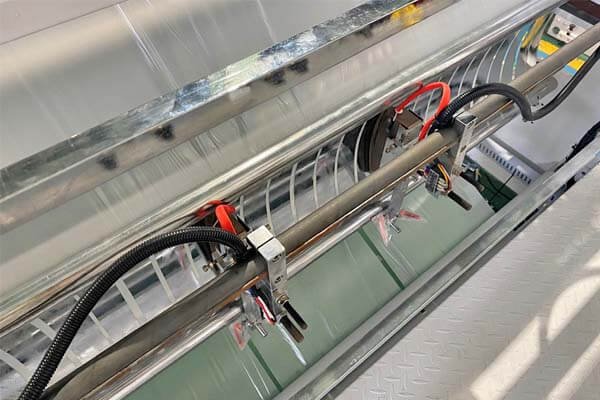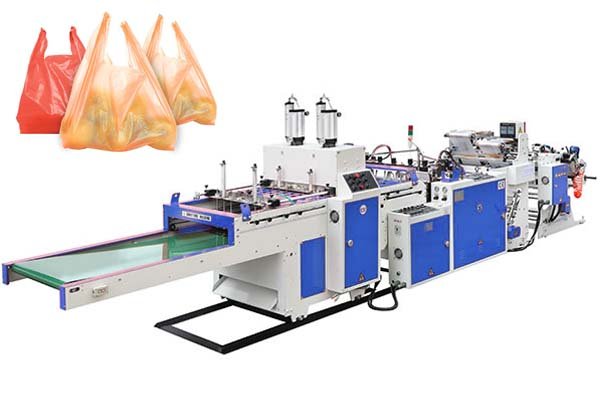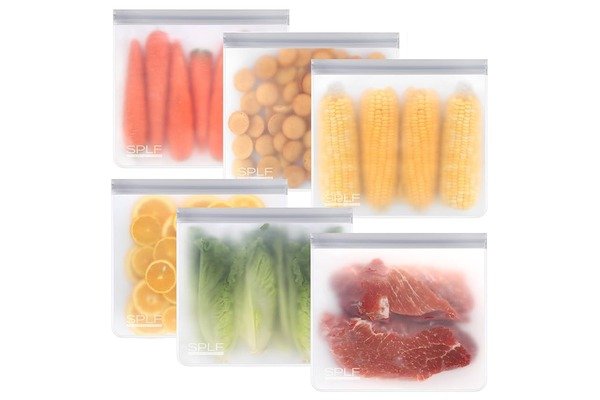
Concerns about chemical leaching1 from plastic bags into food are common—and not unfounded. Using the wrong type of plastic bag can pose real health risks.
Plastic bags can be safe for food storage, but only when they are specifically labeled and certified as "food-grade." These bags are made from virgin materials such as LDPE or HDPE and are free from harmful additives.
The term "food-grade2" indicates that a bag meets strict safety standards (like those from the FDA or EU), ensuring that it does not contain hazardous dyes, contaminants from recycled plastics, or chemicals like BPA. Companies such as BagMec® manufacture food packaging machines designed to operate exclusively with these certified materials, ensuring every stage of bag production—from feeding the film to sealing—maintains high safety standards.
Common food-safe materials include:
- LDPE (Low-Density Polyethylene)3: Flexible, used for bread and produce bags.
- HDPE (High-Density Polyethylene)4: Rigid, used for milk jugs and cereal liners.
BagMec® machines apply precise temperature and pressure to seal bags without degrading the plastic, preserving food freshness and safety.
How to Identify a Food-Safe Plastic Bag
Recognizing food-safe bags is straightforward with a few simple checks.
To determine if a plastic bag is safe for food, look for labels like "food-safe" or "BPA-free5," or the international symbol of a wine glass and fork. Resin codes 2 (HDPE) and 4 (LDPE) are also reliable indicators.
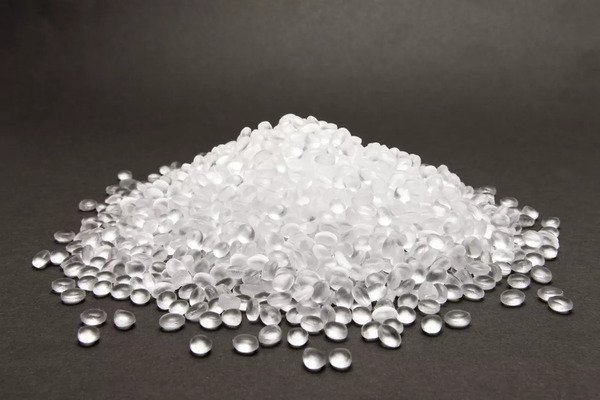
1. Official Labels and Symbols
- Text labels: Phrases such as "Food-Grade," "Food-Safe," or "For Food Contact" are reliable.
- Food-safe symbol: A cup and fork symbol, especially common in the EU, confirms suitability.
- BPA-Free: Indicates absence of a chemical linked to health issues.
2. Plastic Resin Codes
Plastic items are typically marked with a number inside a triangle, indicating resin type. Safe options for food include:
- #2 HDPE: Durable and opaque. Used for milk containers and tubs.
- #4 LDPE: Clear and flexible. Common in grocery and bread bags.
- #5 PP (Polypropylene): Strong and heat-resistant. Found in yogurt cups and syrup bottles.
3. Safe vs Unsafe Bag Comparison
| Feature | Food-Grade Bag | Non-Food-Grade Bag |
|---|---|---|
| Material | Virgin HDPE, LDPE, PP | Often recycled plastics, unknown origins |
| Labeling | Marked “food-safe” or has cup-and-fork symbol | No safety labels; may include warning notices |
| Common Uses | Ziplock, produce, bread bags | Trash bags, generic shopping bags, dry cleaning bags |
| Risk | Low when used properly | Potential chemical leaching or contamination |
BagMec® machines, such as the Lamination Pouch Making Machine ($34,000–$67,000), are engineered to produce bags that meet all food-grade standards.
Why Some Plastic Bags Are Unsafe for Food
Plastic bags that are not food-grade can contain materials or contaminants that make them unsuitable for storing food.
Bags become unsafe when they include chemicals like BPA or phthalates, are dyed with heavy metals, or are made from recycled plastics that may carry unknown residues.
1. Chemical Additives
- BPA: A synthetic compound linked to hormonal disruption.
- Phthalates: Used to soften plastics; can migrate into fatty foods.
- Heavy Metals: Present in some dyes, may include lead or cadmium.
2. Recycled Material Risks
Recycled bags may have originated from sources containing pesticides, cleaning agents, or industrial chemicals. This makes them unpredictable for food use, which is why food-grade bags must use virgin plastic only.
3. Manufacturing Impurities
Contamination can also result from poor manufacturing conditions. BagMec® addresses this with ISO 9001-certified facilities and machines designed to prevent any cross-contamination from lubricants or metal particles. Machines like the Zipper Bag Making Machine ($15,000–$22,000) feature anti-contamination design elements.
How Manufacturing Impacts Bag Safety
Plastic bag safety begins during manufacturing, not after the product hits the shelf.
Safe manufacturing relies on virgin materials, sterile processing environments, and precision sealing that maintains the plastic's integrity.
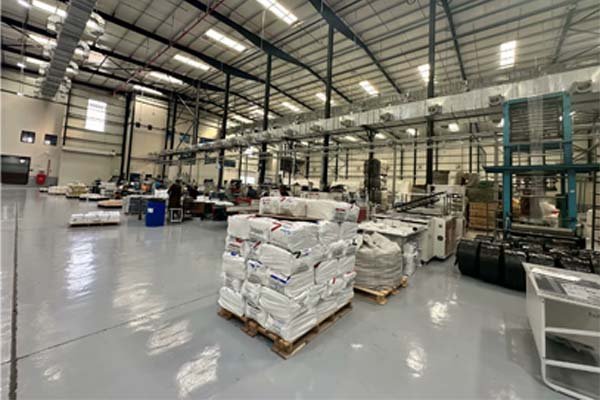
1. Material Compatibility
BagMec® machines are calibrated for LDPE, HDPE, and PP films. Their Smart Tension Control system feeds film evenly, preventing stretching or thinning that could weaken the bag’s protective barrier.
2. Sealing and Cutting Accuracy
Using advanced servo motors, machines apply precise heat and pressure to form strong seals without overheating the plastic, preserving food safety.
3. 5-Stage Quality Control
| Stage | Action | Purpose |
|---|---|---|
| 1 | Material Hardness Testing | Ensures metal parts meet durability specs (±2% tolerance). |
| 2 | Laser Alignment | Verifies all parts are precisely calibrated. |
| 3 | 72-Hour Stress Test | Confirms consistent performance over time. |
| 4 | Safety Compliance | Checks emergency stops and guards per CE standards. |
| 5 | Final Test Run | Validates flawless bag output before shipment. |
BagMec®’s quality control process enables clients to meet stringent standards, such as EU food safety regulations, and achieve up to 99% machine uptime.
Are Biodegradable Bags Food-Safe?
Sustainability is increasingly important, but being biodegradable doesn’t automatically mean a bag is food-safe.
Biodegradable bags can be food-safe, especially those made from PLA (Polylactic Acid), a plant-based material. However, they still require food-grade certification.
1. PLA Explained
PLA is a compostable bioplastic made from renewable sources like corn starch. It’s generally considered safe for food contact and is used in many types of eco-packaging.
2. Certification Still Required
The term “biodegradable” refers only to decomposition by microbes. Some biodegradable bags contain additives that are not food-safe, making certification essential.
3. Sustainable Manufacturing at BagMec®
BagMec® develops machines capable of processing PLA and other compostable films. In collaboration with a U.S.-based eco-brand, the company has built equipment for producing fully compostable shopping bags—demonstrating its ability to balance environmental goals with food safety.
Conclusion
Plastic bags can be safe for food use when clearly labeled as “food-grade.” These bags are made with pure materials, free from harmful chemicals or contaminants, and produced using precise, clean manufacturing processes. Certification and clear labeling remain the best way to ensure safety—regardless of whether the bag is made from traditional or biodegradable materials.
-
Chemical leaching can pose health risks. Understand this process and how to avoid unsafe plastics. ↩
-
Understanding 'food-grade' is crucial for ensuring safe food storage. Explore this link to learn more about its significance. ↩
-
LDPE is commonly used in food packaging. Learn about its benefits and applications in this informative resource. ↩
-
HDPE is widely used for food containers. Explore its properties and why it's a safe choice for food storage. ↩
-
BPA-free labels are vital for health safety. Discover why this designation matters for your food storage. ↩




